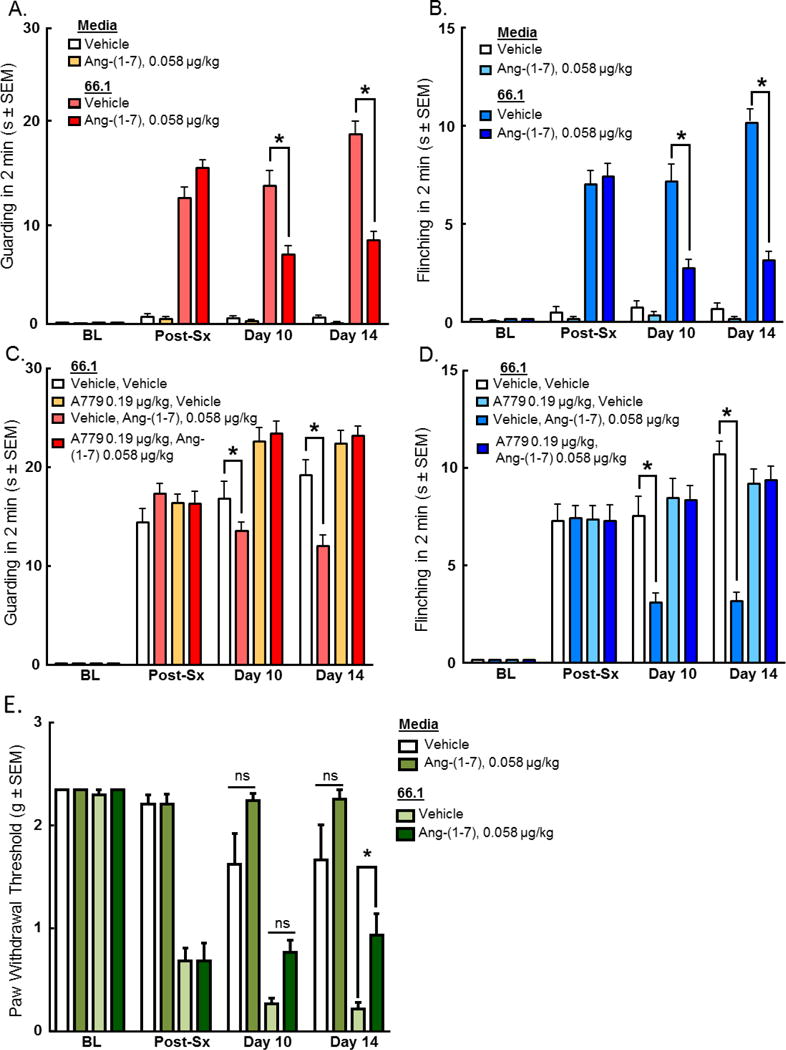Figure 3. Antinociceptive effects of Ang-(1-7) through MasR are maintained after repeated administration.

Spontaneous pain behaviors (A) guarding and (B) flinching were recorded in a two minute period pre-surgery, post-surgery (7 days post inoculation), and after drug administration on days 10 and 14. Daily administration of Ang-(1-7) (0.058 μg/kg, i.p.) significantly reduced spontaneous pain behaviors associated with CIBP (p < 0.0001). Furthermore, tactile allodynia was recorded pre-surgery, post-surgery (7 days post inoculation), and after drug administration on days 10 and 14. Cancer inoculation significantly reduced paw withdrawal thresholds 7 days post-surgery (p < 0.05 n=12). To investigate receptor dependence, animals were dosed days 7-14 post-surgery with A-779 (0.19 μg/kg, i.p.) 30 minutes prior to administration of Ang-(1-7). Spontaneous pain behaviors (C) guarding and (D) flinching were recorded as previously described. Daily administration of A-779 reversed the effects of Ang-(1-7) in the CIBP model. Animals experienced significant (p < 0.05, n=12 increase in paw withdrawal threshold (E) following Ang-(1-7) treatment on day 14 post-surgery. Values represent the mean ± standard error of the mean, n=12 per group.
